Spring 2010, I just got in Switzerland. In Business Montres, Gregory Pons publishes some computer-generated images of a stunning barrel watch: it features a mini-earth globe, a multi-level dial, a day/night indicator, a GMT, ect… for CHF5000 by subscription (paid beforehand to be later delivered).
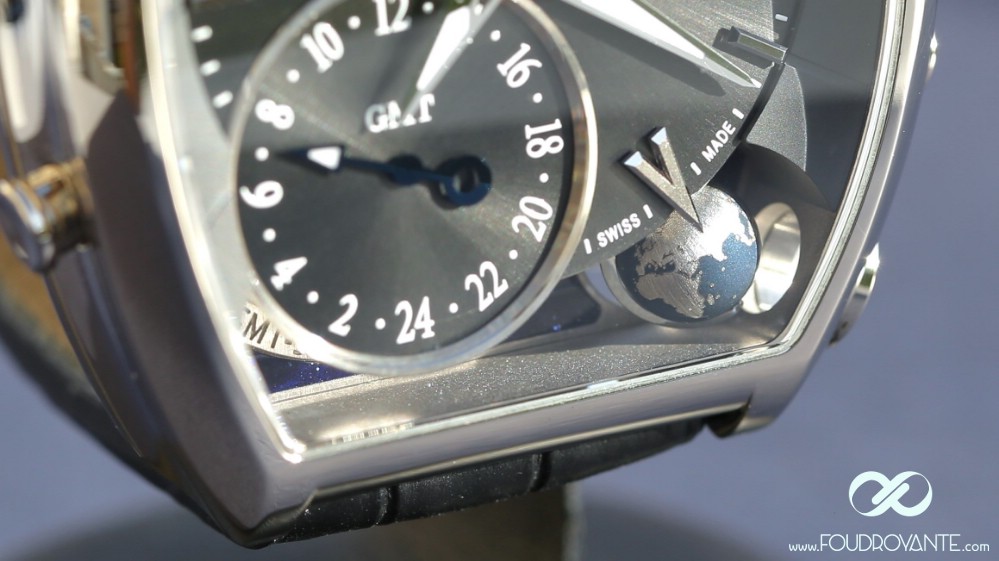
This paltry sum, given the complexity of the project, make forumers doubt wether such a sophisticated piece can be realesed for so little money. We’ve been so accustomed to pay too much for watches… Me, I have to finance my moving in, and I don’t have the 5000 bucks required before the end of the subscription, yet the 3D earth continues to fascinate me.
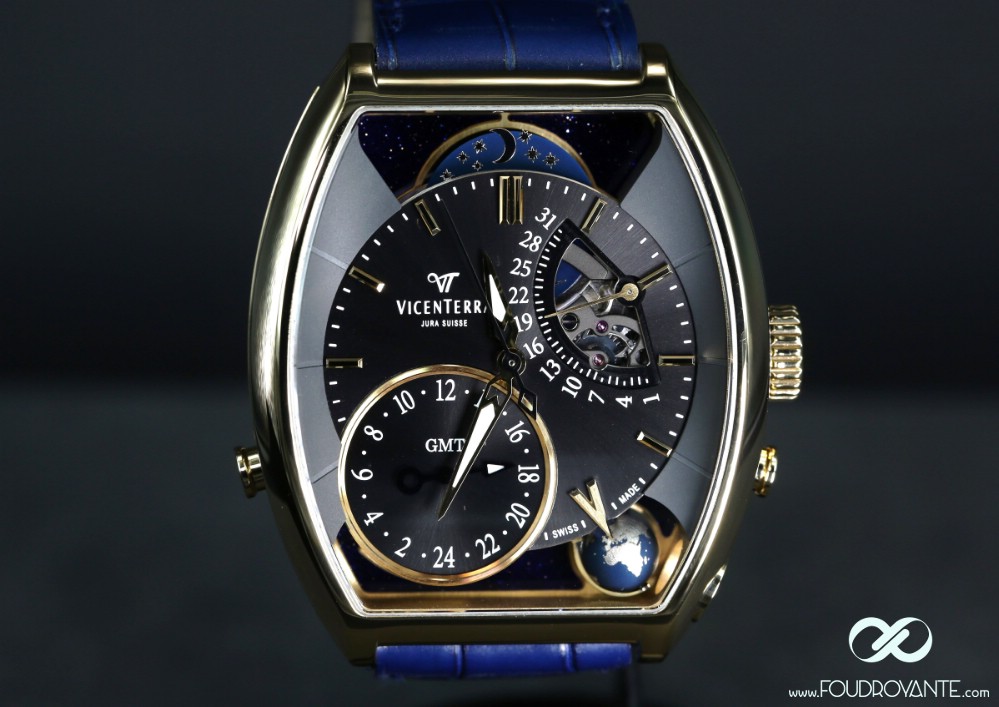
Finally, 84 persons took the risk to follow Vincent Plomb. He convinced a large part of the skeptics by meeting and presenting them the project and the prototype (wich Vincent didn’t let me photograph, too bad, it’s my favourite VincenTerra). The customers of the first GMT-3 subscription were mainly French and Swiss who believed in the project and the person.
It also shows you the limits of the internet: we can discuss, quibble, gossip, argue about a watch, but nothing’s better than the meeting IRL. Although we take much more beauiful photos with increasingly efficient cameras, a Playboy issue can never replace a real call girl...
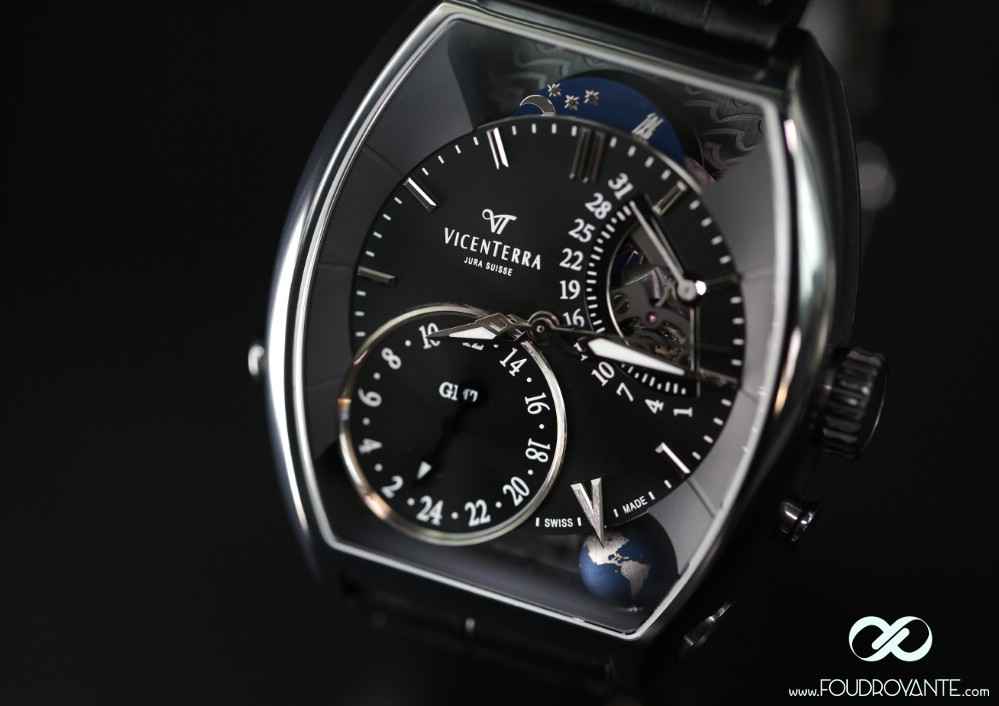
Even if you think you have balls, meeting Vincent is kind of a swipe in the face, a lesson of courage: he had a moto accident twenty or so years ago. This drama confined him to a wheelchair, wich causes many other health problems...
He doesn’t like when I talk about it, but we can only understand VINCENTERRA through the Way of the Cross of its creator. He’s been rising for many years to run several professional projects, in spite of all the huge difficulties arising from his handicap. Vincent Plomb is someone who finds the energy to fight where some well and able persons would not. To me, it’s a ****ing lesson of courage but also of watchmaking.
He’s been working for many years as a watchmaking designer-maker. He also works from home as a consltant for prestigious watchmaking houses.
On the one hand, the original idea behind the creation of the GMT-3 came from the fascination for 3D moons (like De Bethune’s), but mainly from the fact that there are often empty spaces in a barrel case, because a generic watchmaking calibre type 7750 or 2824 (such as those initially used by Frank Muller, who brought the barrel back) is a small round calibre floating in a large barrel case.
In sum, Vicent used the vacant space of a barrel case, to stick a functional and fun complication in it: a 3D globe together with a GMT indicator.
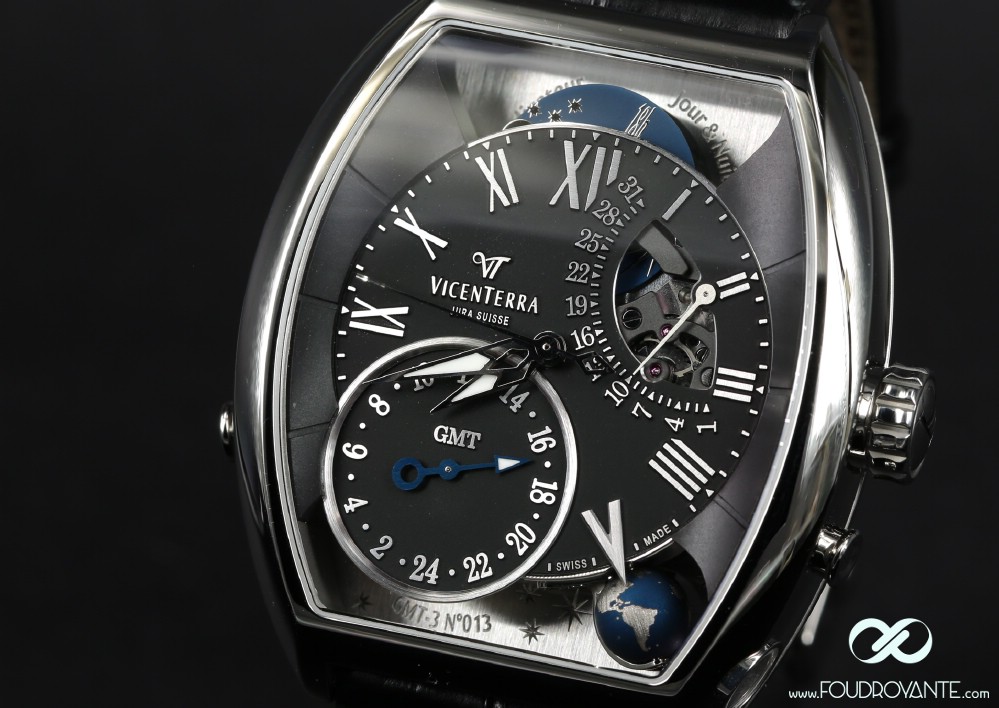
He worked for 3 years to achieve two functional prototypes. But as many great inventions, nobody wanted them (at the time Vincent presented his project, the Hysek Colosso at ½ million was the only one to feature a 3D world map). If one of his clients had opted for this concept, tens of thousands of GMT-3 (whatever the name and the final brand would have been), would have flooded the market, with a panel of journalists enthused by this stroke of creative genius.
If the big machine of watchmaking marketing ignored it, the stroke of genius was definitly there, since the GMT-3 has gathered from 2007 (when the initial idea was born) a large part of the new independant watchmaking concepts, which broke daddy’s watchmaking taboos: multi-element dials, vacant spaces between the sapphire and the case back, barrel case, opened dial, three-dimensional effects, and above all, the functional 3D earth.
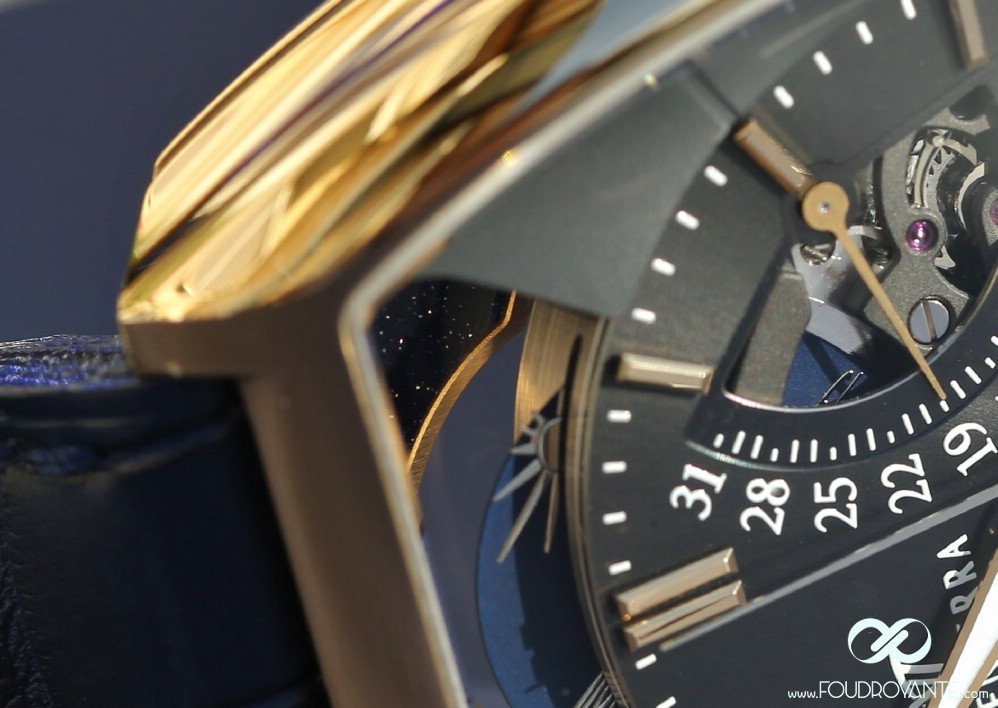
Certainly scaled by the impossibility of selling his project, Vincent adopted a creative radicalism: independence, creation of his own brand and self-financing. A pirate project (latin root “Peiranâ€meaning “attempt, experienceâ€) given that he didn’t abide by the fine watchmaking codes, from the innovation to the method of financing: subscription, a very horizontal and community financing, just as life was aboard the brigs with black flags. A daring, light, mobile and risky project!
In pre-industrial economies, the subscription was a method of purchase for entry level watches, sold to rich urban bourgeois: the client paid a monthly rent before receiving his watch (the opposite of a leasing) to finance the production. At that time, Breguet or Harrisson had no acess to business angels to finance their creativity. Whithout money nor without computers, though, Breguet succeeded in designing the tourbillon...
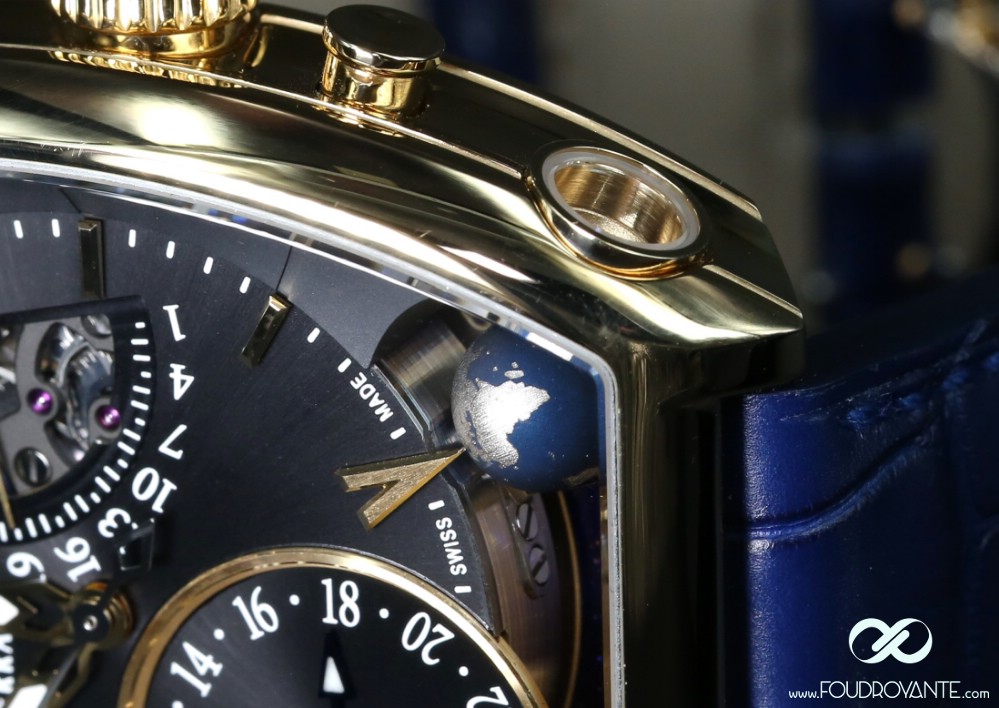
When Vincent launched his first subscription, the money had been blocked on an account by a bailiff, until there was enough subscribers to start the production. This type of sale allowed him to finance his basic tool equipment without borrowing. As a finilasation of this community adventure, each customer of the first subscription received a share of the company. It wasn’t any better on the pirate ships: the spoil was equally shared, and only the captain, the cook, the doctor and the quartermaster were entitle to get an extra half-share. We’re far from the stratobonuses of Goldman Sachs.
Speaking of which, for those who don’t have the bonuses of a Wall Street trader, VICENTERRA is the only brand that offers a functional 3D earth globe into a mechanical watch, affordable for the average watchmaking enthusiast. The others, Monblanc, Hysek, Greubel Forsey offer superlative products (especially the fantastic Greubel Forsey GMT Platinium), for the price of a downtown condo. The Astronomia, by Jacob & Co, also features a 3D earth (still for half a million), but this one isn’t linked with hours, it’s just aesthetic, a pure gadget.

This paltry sum, given the complexity of the project, make forumers doubt wether such a sophisticated piece can be realesed for so little money. We’ve been so accustomed to pay too much for watches… Me, I have to finance my moving in, and I don’t have the 5000 bucks required before the end of the subscription, yet the 3D earth continues to fascinate me.

Finally, 84 persons took the risk to follow Vincent Plomb. He convinced a large part of the skeptics by meeting and presenting them the project and the prototype (wich Vincent didn’t let me photograph, too bad, it’s my favourite VincenTerra). The customers of the first GMT-3 subscription were mainly French and Swiss who believed in the project and the person.
It also shows you the limits of the internet: we can discuss, quibble, gossip, argue about a watch, but nothing’s better than the meeting IRL. Although we take much more beauiful photos with increasingly efficient cameras, a Playboy issue can never replace a real call girl...

Even if you think you have balls, meeting Vincent is kind of a swipe in the face, a lesson of courage: he had a moto accident twenty or so years ago. This drama confined him to a wheelchair, wich causes many other health problems...
He doesn’t like when I talk about it, but we can only understand VINCENTERRA through the Way of the Cross of its creator. He’s been rising for many years to run several professional projects, in spite of all the huge difficulties arising from his handicap. Vincent Plomb is someone who finds the energy to fight where some well and able persons would not. To me, it’s a ****ing lesson of courage but also of watchmaking.
He’s been working for many years as a watchmaking designer-maker. He also works from home as a consltant for prestigious watchmaking houses.
On the one hand, the original idea behind the creation of the GMT-3 came from the fascination for 3D moons (like De Bethune’s), but mainly from the fact that there are often empty spaces in a barrel case, because a generic watchmaking calibre type 7750 or 2824 (such as those initially used by Frank Muller, who brought the barrel back) is a small round calibre floating in a large barrel case.
In sum, Vicent used the vacant space of a barrel case, to stick a functional and fun complication in it: a 3D globe together with a GMT indicator.

He worked for 3 years to achieve two functional prototypes. But as many great inventions, nobody wanted them (at the time Vincent presented his project, the Hysek Colosso at ½ million was the only one to feature a 3D world map). If one of his clients had opted for this concept, tens of thousands of GMT-3 (whatever the name and the final brand would have been), would have flooded the market, with a panel of journalists enthused by this stroke of creative genius.
If the big machine of watchmaking marketing ignored it, the stroke of genius was definitly there, since the GMT-3 has gathered from 2007 (when the initial idea was born) a large part of the new independant watchmaking concepts, which broke daddy’s watchmaking taboos: multi-element dials, vacant spaces between the sapphire and the case back, barrel case, opened dial, three-dimensional effects, and above all, the functional 3D earth.

Certainly scaled by the impossibility of selling his project, Vincent adopted a creative radicalism: independence, creation of his own brand and self-financing. A pirate project (latin root “Peiranâ€meaning “attempt, experienceâ€) given that he didn’t abide by the fine watchmaking codes, from the innovation to the method of financing: subscription, a very horizontal and community financing, just as life was aboard the brigs with black flags. A daring, light, mobile and risky project!
In pre-industrial economies, the subscription was a method of purchase for entry level watches, sold to rich urban bourgeois: the client paid a monthly rent before receiving his watch (the opposite of a leasing) to finance the production. At that time, Breguet or Harrisson had no acess to business angels to finance their creativity. Whithout money nor without computers, though, Breguet succeeded in designing the tourbillon...

When Vincent launched his first subscription, the money had been blocked on an account by a bailiff, until there was enough subscribers to start the production. This type of sale allowed him to finance his basic tool equipment without borrowing. As a finilasation of this community adventure, each customer of the first subscription received a share of the company. It wasn’t any better on the pirate ships: the spoil was equally shared, and only the captain, the cook, the doctor and the quartermaster were entitle to get an extra half-share. We’re far from the stratobonuses of Goldman Sachs.
Speaking of which, for those who don’t have the bonuses of a Wall Street trader, VICENTERRA is the only brand that offers a functional 3D earth globe into a mechanical watch, affordable for the average watchmaking enthusiast. The others, Monblanc, Hysek, Greubel Forsey offer superlative products (especially the fantastic Greubel Forsey GMT Platinium), for the price of a downtown condo. The Astronomia, by Jacob & Co, also features a 3D earth (still for half a million), but this one isn’t linked with hours, it’s just aesthetic, a pure gadget.

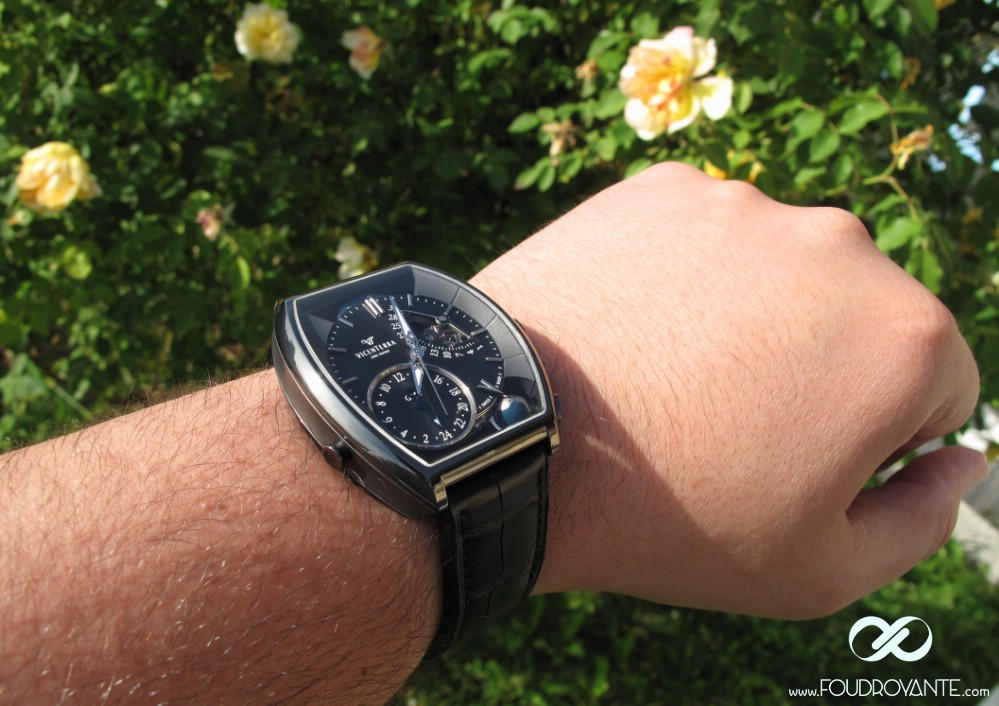

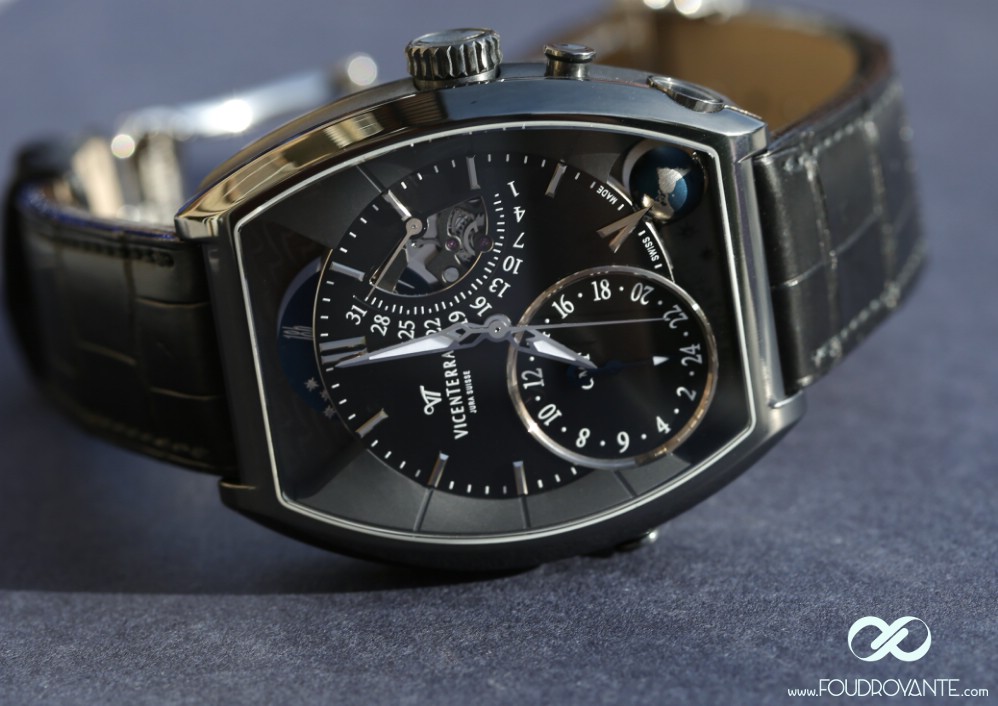
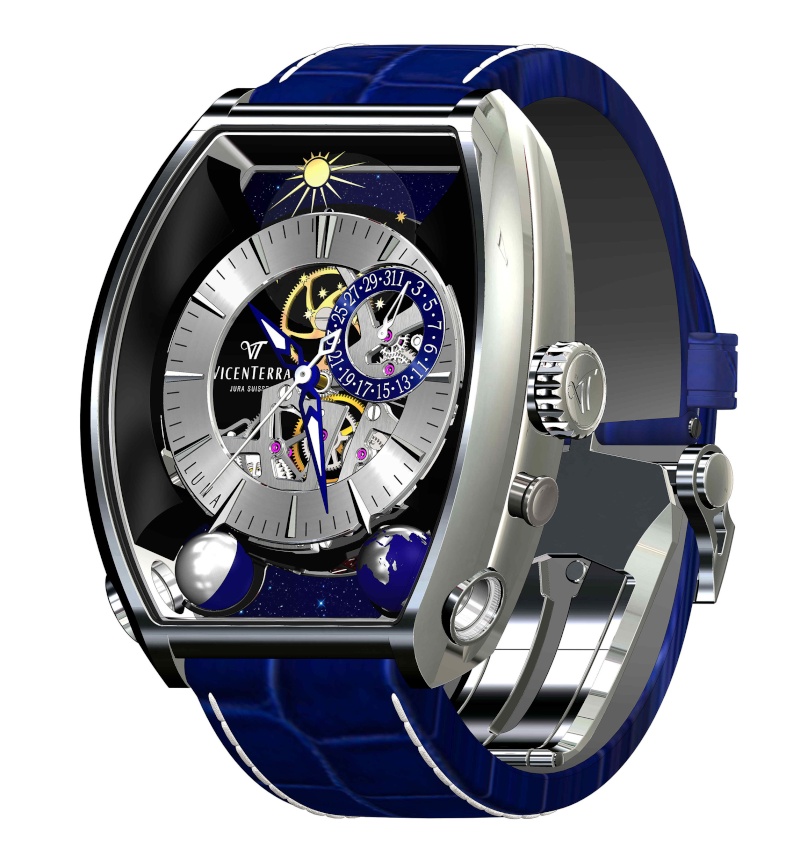
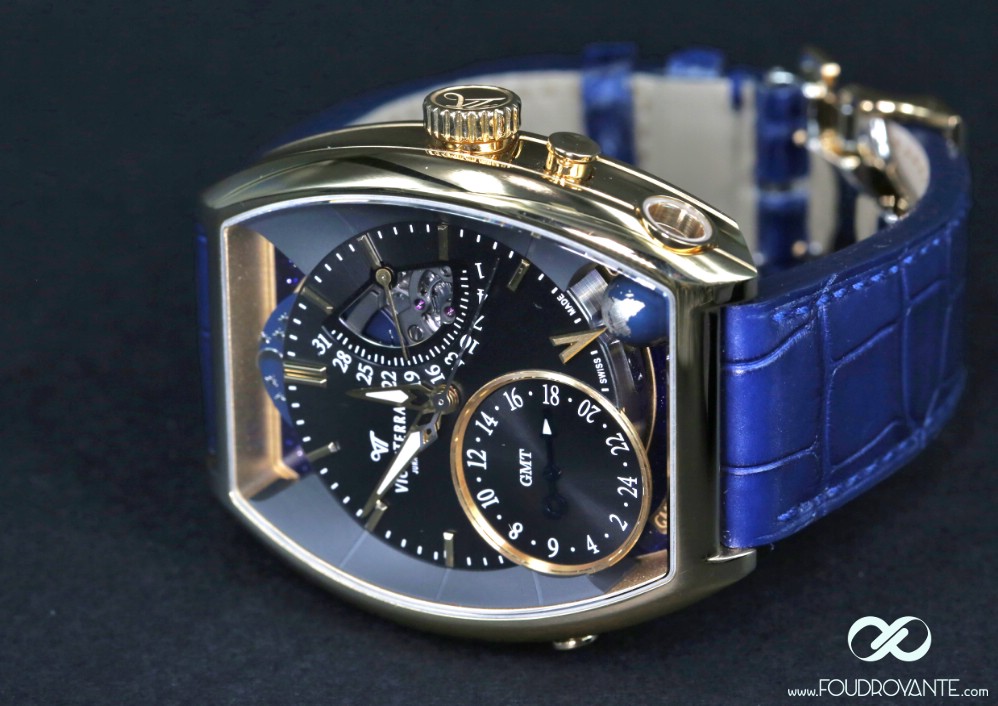
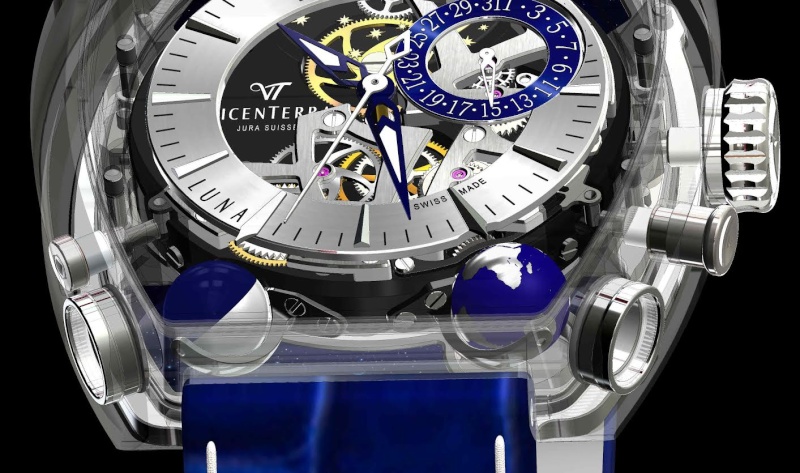
Comment